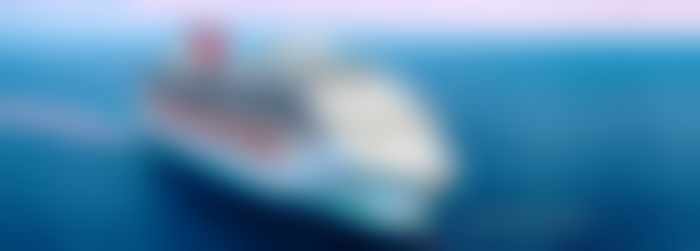Search for your perfect cruise with World of Cruising's Cruise Finder.
Find your perfect cruise to the Caribbean
Find your perfect cruise to the Norwegian Fjords
Find your perfect cruise to the Mediterranean
Find your perfect cruise to Alaska
Find your perfect cruise to Antarctica
Find your perfect cruise around the world
Family
Ultra Luxury
Boutique







